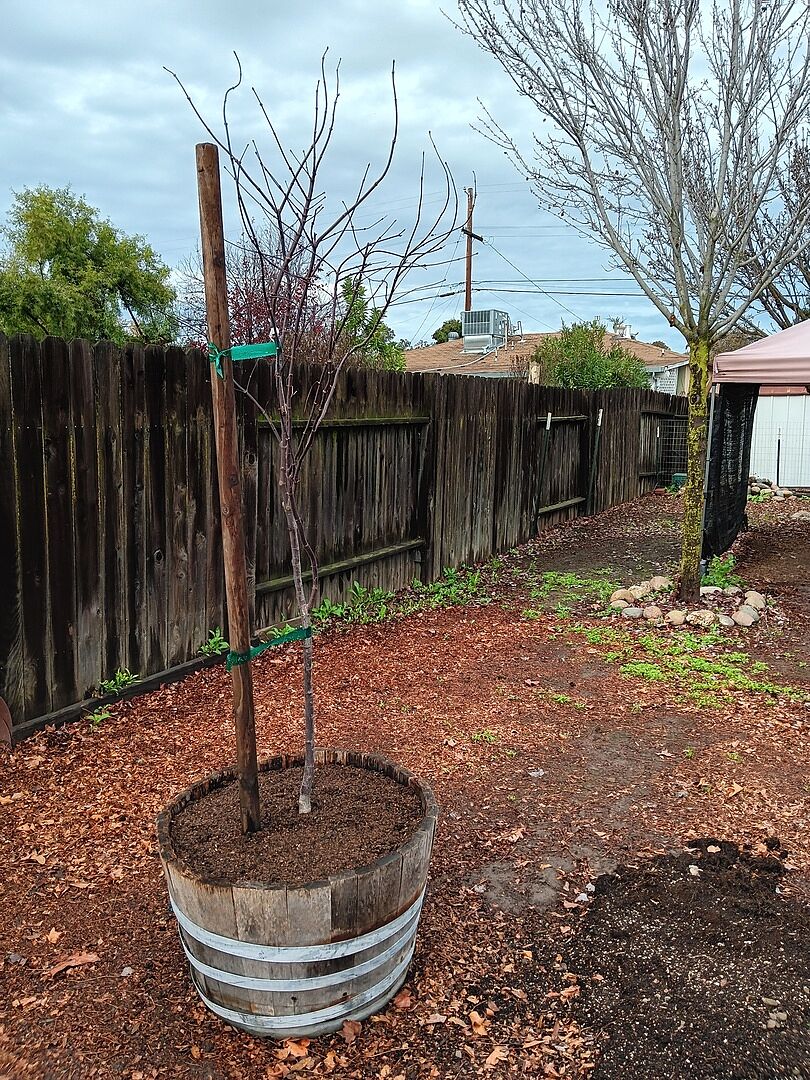Hidden Gems Plants
Oops! Nothing matches your filters
It looks like there are no products matching your filters. Try adjusting or removing some filters.
Collection Results
Are you looking for one-of-a-kind trees and plants? These hidden gems are some of the FastGrowingTrees.com team's favorites! From bold-colored blooms to unique shapes and exceptional features, these plants will stand out in your yard. Find a hidden gem for your landscape today!
Where to Grow and Care for Special Plants?
There are unique plants for every climate. The most crucial part of finding special plants is to confirm they will thrive in your location's environment. You don’t want to go through all the work of finding a gorgeous flower or shrub only for it to die in the winter.
Every plant has a “comfort zone” where it will thrive, indicated by a hardiness number from 1 to 13. Each number corresponds to a temperature range. Most, if not all, plant growers in the United States have the number readily available. Check out the USDA Plant Hardiness Zone Map if you don't know your climate.
Types of Hidden Gem Plants
How do you define a hidden gem? Is it a plant that no one else has seen before or a unique variety or cultivator of a classic flower? There is no correct answer other than what matters most to you. Below, we’ve highlighted ways flowers and trees can be unique.
Bloom: Unique-looking plants can have one-of-a-kind flower characteristics. For instance, they might be larger or smaller than average, produce a unique fragrance, or rare color or color combinations.
One of our favorite unique blooms comes from the Bird of Paradise. Also known as the Crane Flower, this plant produces stunning flowers that resemble the shape of a tropical bird.

Foliage: A plant's visual interest doesn’t stop with flowers. Foliage is just as important. Deep green foliage is beautiful, but there are also plants with uniquely colored foliage. One such plant is the Japanese Painted Fern. The beauty produces luminescent, silver-green leaves on purple-burgundy central ribs.
Habit: This refers to a plant’s general appearance and growth form. A great example is a weeping tree. As the name implies, weeping tree branches droop downward and are often described as having a graceful profile. The Weeping Cherry Tree is a superb example.

Bark: Special trees might also have arresting bark characteristics. They might have white bark, multi-color bark, or peeling bark. To see this characteristic in action, look no further than the Natchez Crape Myrtle Tree. It delivers an unusual cinnamon bark coloring. Browse more unique trees for your yard.
Common Questions about Hidden Gem Plants
Where to buy unique plants?
You can find unique plants for sale at most online plant sellers, but FastGrowingTrees grow their plants for months before shipping, ensuring they have a healthy and well-developed root system. Our plants arrive at your doorsteps ready to thrive!
What is the most unusual flower?
There are many distinctive and downright weird flowers. But the most extraordinary, in our opinion, is the Corpse Flower. It’s the largest flower in the world and also the stinkiest. It blooms a few days every few years, producing a putrid, rotting meat smell.











































































































































































































































